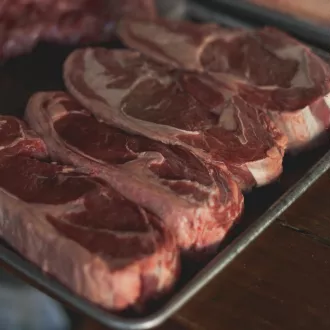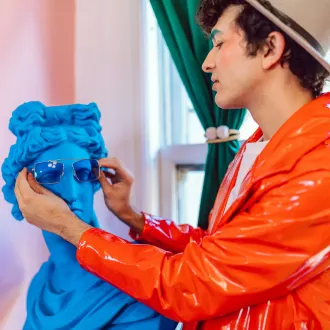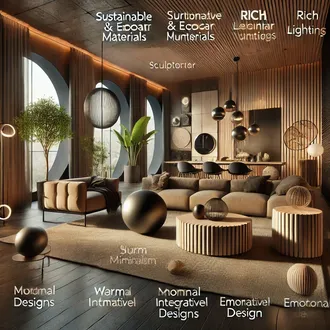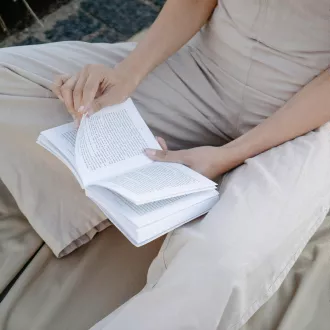Transcription Upholstery materials
Decorators should know the main characteristics of the fabrics used in upholstery, as well as the elements that should be taken into account for their selection, since clients often demand their knowledge and experience to select the best materials when they decide to buy or restore upholstered furniture.
The materials used in upholstery can be divided into two groups:
- Woven materials, popularly known as fabrics. They can be classified according to their nature in.
- natural.
- synthetic.
- Non-woven materials.
Woven materials -textile fabrics or cloths-.
Textile fabrics are the materials obtained by the crossing or coherent linking of groups of yarns or fibers of natural or artificial origin or both.
Fabrics can be constructed with the following structures: flat, complex, knitted and technical fabrics. Flat fabrics, also known as "warp or weft" are the most commonly used in upholstery and can be recognized because the threads of the fabrics are located vertically and horizontally side by side. Some of the best known flat fabrics are: gabardine, muslin, gabardine, crepe, among others.
Fabrics can be classified by their nature into natural and synthetic fabrics. Characteristics of the most commonly used natural fabrics
Natural fabrics are characterized by being very pleasant to the touch and appear pleasantly cool in summer and warm in winter. Some natural fabrics used in upholstery are:
- Cotton: It is the most used material in upholstery, offering the best price-quality ratio. It has the advantage of being very resistant, however, it has the disadvantage of staining and soiling easily.
- Wool: It is very resistant and durable, it is also more resistant to stains and dirt than cotton.
- Linen is a very apparent material for prints, however it tends to shrink when it gets wet.
- Silk is generally the most expensive fabric in upholstery; it has a natural sheen; its texture is soft, smooth and not very slippery; it is one of the strongest natural fibers.
- It has the disadvantage of being very vulnerable to moths and other insects.
Characteristics of some synthetic fabrics used in the upholstery industry
Synthetic fabrics are obtained from the synthesis of chemical and/or natural products to obtain fibers that are cheaper and easier to wash. Some synthetic fabrics used in upholstery are:
- Polyester fabric: It is generally obtained from the mixture of an artificial material of the same name and natural fibers. It is a material that is characterized by better color fastness; it offers greater resistance to humidity; it does not deform much and it is easily washed.
- Nylon fabric: It is almost always used in combination with other synthetic or natural fibers, is resistant to humidity and can be easily washed.
- Acrylic is the most commonly used fiber in outdoor upholstery. It is resistant to dirt, deformation and discoloration. It has the disadvantage of being annoying and difficult to support, when it is not of good quality.
Non-woven materials used in upholstery
The main non-woven materials used in upholstery are: natural leather, synthetic leather and suede:
- Natural leather is characterized by being very resistant and durable with a unique texture, which makes it a very precious and expensive material.
- Synthetic leather - known as leatherette or eco-leather - is softer than leathe
materials tapiceria




